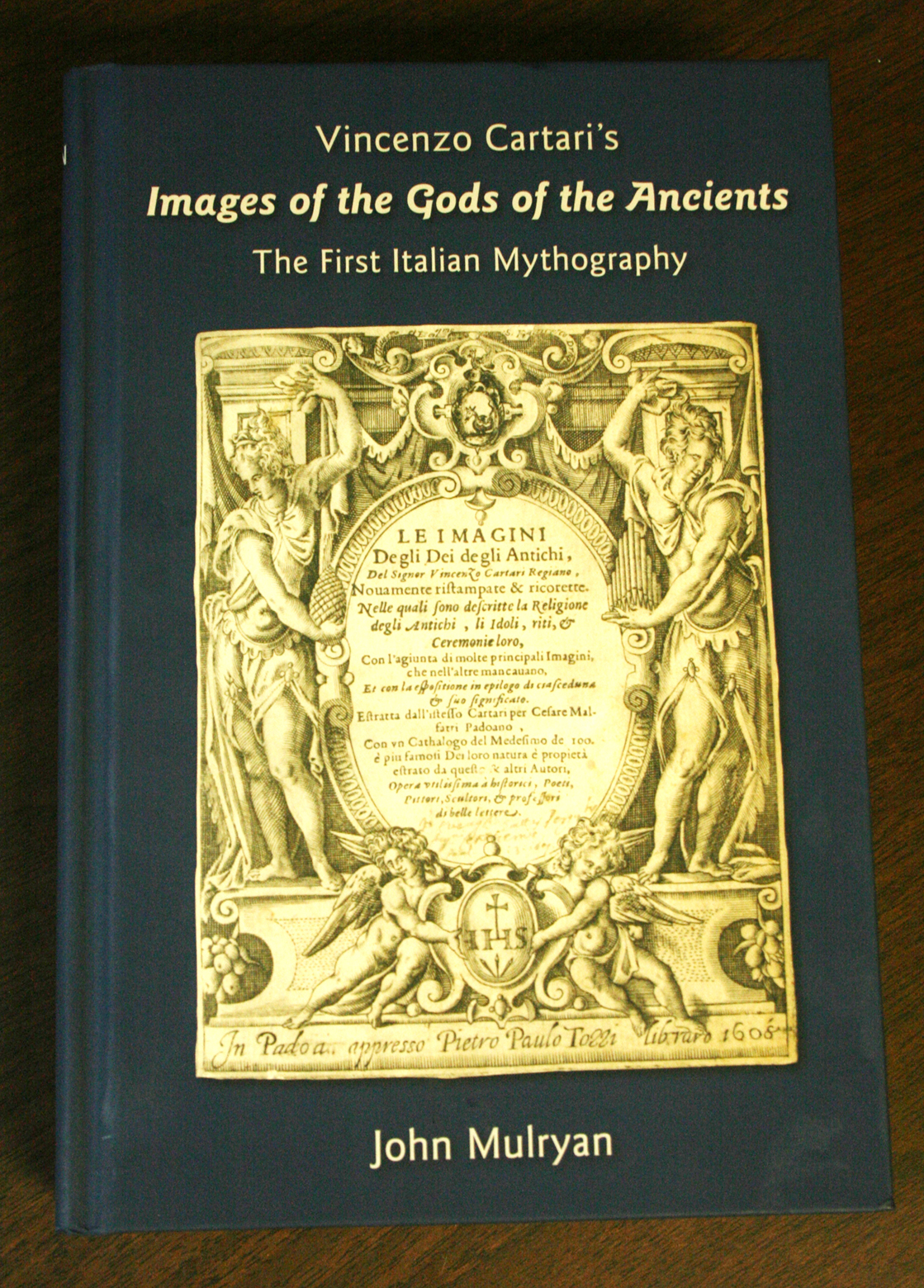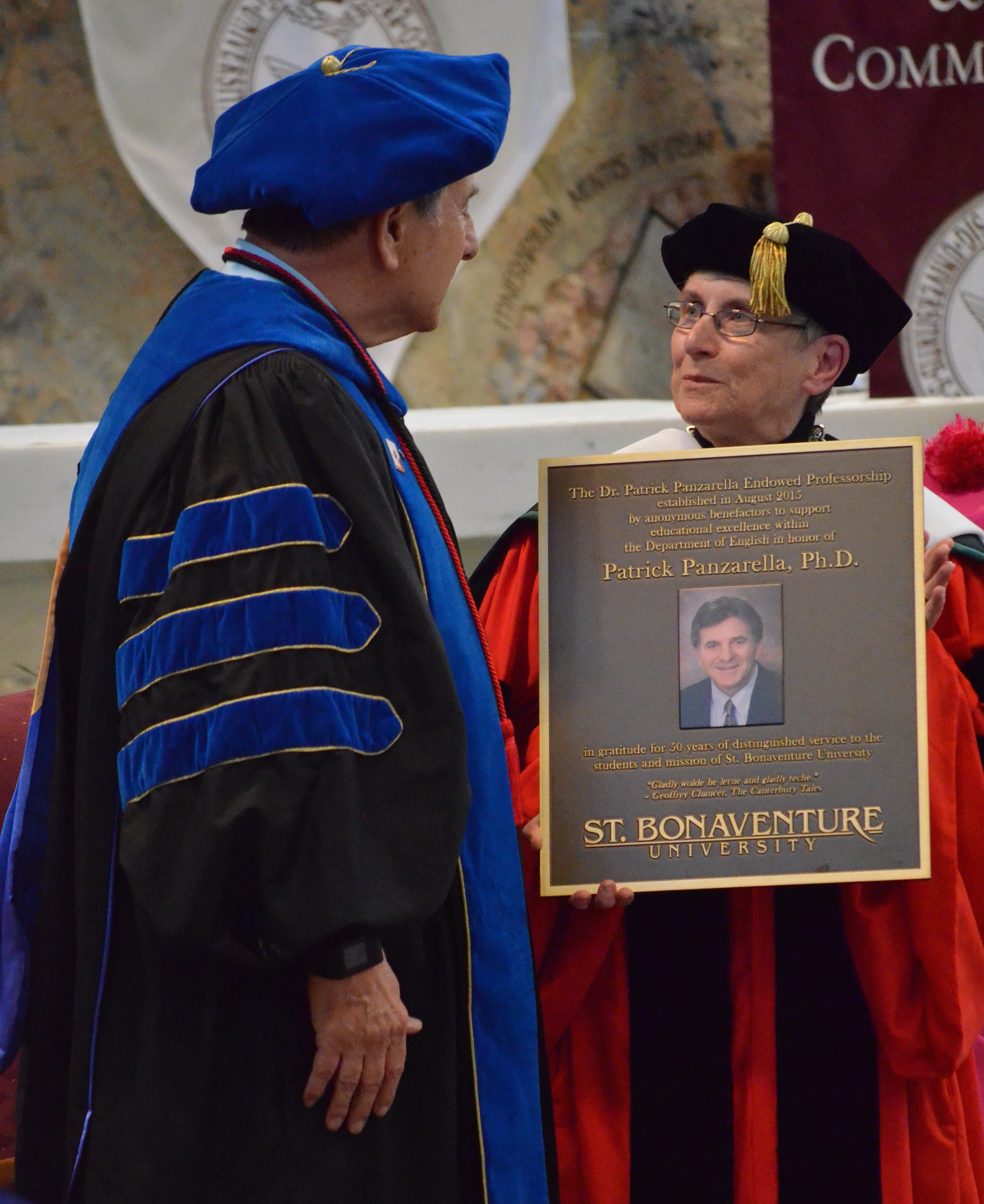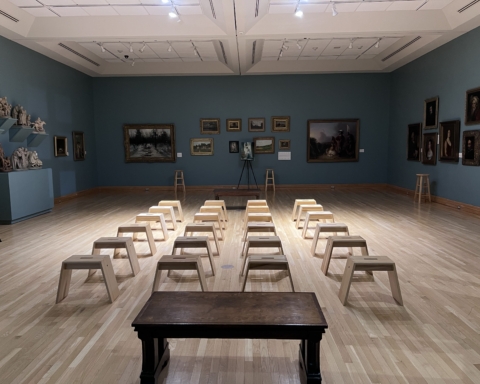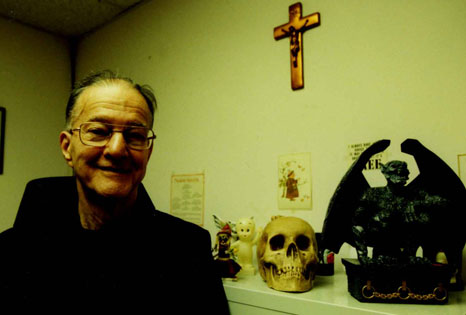By Kiara Catanzaro
Staff Writer
Language has a powerful legacy on society. What we learn from previous cultures is determined from the language.
At least, John Mulryan seems to think so.
Mulryan, who retired in 2011 after 45 years as an English professor at Bonaventure, published his second book translation in 2012. His translation of Vincenzo Cartari’s “Images of the Gods of the Ancients” was the first published mythography written in Italian. A mythography is a representation of mythical subjects in art.
Mulryan discussed what sparked his interest in translating published works.
“When I started my Ph.D. at the University of Minnesota, I wanted to write a thesis on Edmund Spenser’s ‘Faerie Queene’ and his mythological sources,” Mulryan said. “However, everything he looked at was in Latin or Italian, so if I did the dissertation, I would have to learn the languages anyway. So, I decided to complete my dissertation on Conti, and I asked Steve Brown (professor of classical languages) to join me.”
Natale Conti’s “Mythologiae,” the most important mythography published during the time of the Renaissance, was translated and published by Mulryan in 2006.
Mulryan’s book is the first complete English translation of Cartari’s Italian text, and the only annotated translation of the “Images” in any language.
“By writing this in Italian, Cartari made the mythological tradition available to women for the first time,” Mulryan said. “Women weren’t educated in Latin, so about 51 percent of the population couldn’t read about mythology before his book.”
Unlike the treatises of the other Italian mythographers such as Boccaccio, Conti and Giraldi, Cartari’s work was richly illustrated with captioned images of the pagan gods and composed in the Italian vernacular. The systematic integration of text and image constituted, at the time, an original approach to the classical myths.
“Cartari’s book was a 10-year project,” Mulryan said. “However, my first translation was even more time-consuming. Conti’s translation took over 30 years before it was published,” Mulryan said. “It was written in Latin, whereas Cartari’s translation was in 16th-century Italian.”
Mulryan’s translation was published by the Arizona Center for Medieval and Renaissance Studies (ACMRS). His book includes 22 images scanned from Conti’s 405-year-old copper-plate book.
Mulryan has plans for his next project, a translation of the works of Italian mythographer Lilio Gregorio Giraldi. Mulryan said the ACMRS gave him the contract to complete the book, and that he will ask Brown to work on the book with him.
Mulryan’s body of work has already benefitted numerous scholars and will continue to do so for generations to come.









